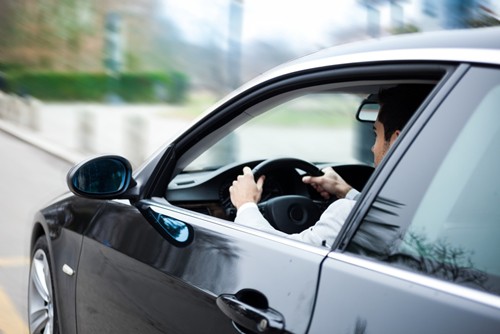
Coming up with meaningful vehicle graphics can distinguish and bring attention to your company. What happens if there's a major trend in motor transport that requires a new size and shape for these designs to be effective?
Though it doesn't seem like it will be the norm anytime soon, Google recently threw down the gauntlet by unveiling its prototype for the "self-driving car." It's been some time in the making, but now there's a video demonstrating the capabilities of this prototype and what it might say for the future of transportation.
These cars are small, about the size of a Volkswagen, and have features like brakes and steering built into the technology, with sensors that detect surroundings and guide the vehicle along its way. The post also notes that the first versions of these vehicles, which will exist in the hundreds by the end of the summer, can only move at a maximum of 25 miles per hour.
At the moment, this is obviously a limited project. But what about the future, assuming these kinds of vehicles become more common or set the stage for similar advancements? Writing for Forbes, Seth Porges reflected on the way these prototypes draw attention to a well-proportioned exterior, and what that could mean.
"By building carriages that exploit and maximize a car's tech-infused guts, you give these new insides the chance to really shine," he said.
Though the sensors used in self-driving vehicles might aim to replicate steady human driving, years later this technology could change the rhythm of automotive traffic. The kind of vehicle wrap design that companies go with could also have to shift to reflect the times.